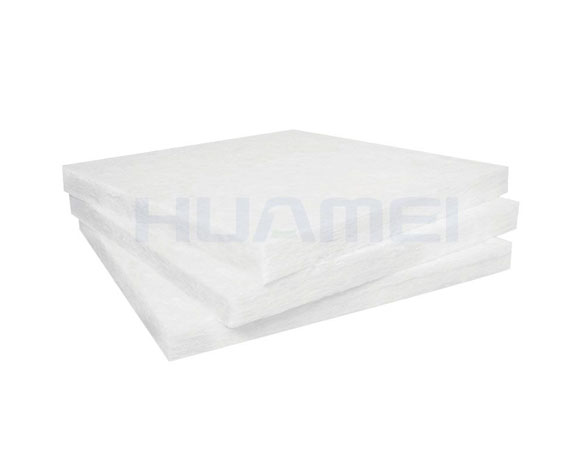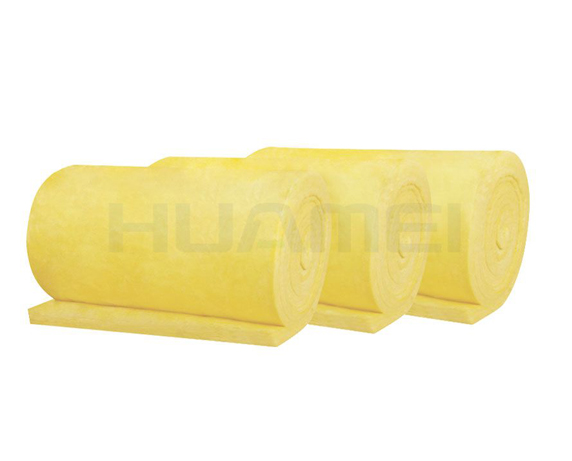E-mail: marketing@hbhuamei.com
Light, thin, and environmentally friendly glass wool insulation products provide a very effective solution for insulation. Next, the glass wool supplier will share the following content with you.
Why choose glass wool insulation?
What can glass wool be used for?
How is glass wool made?
Glass wool, also known as fiberglass, is considered to be one of the most effective and environmentally friendly insulation products available. The excellent thermal properties help you save energy and reduce your environmental impact. The porous elastic structure provides effective acoustic attenuation at operating temperatures up to 300°C.
Small air bubbles in glass wool minimize heat loss to maintain proper temperatures throughout the building or installation.
The unique internal microstructure consisting of long interwoven fibers ensures a high level of sound absorption.

Formaldehyde-free Glass Wool
Glass wool is inherently non-combustible and will not contribute to a fire or spread flames.
Glass wool fibers can be safely manufactured, installed, and used. They are certified as dissolvable by international health authorities.
Compressed into rolls and sheets, glass wool is easy to handle, store, transport, and install.
Glass wool (fiberglass) products are designed to meet the demanding requirements of thermal and acoustic insulation as well as fire safety and ease of installation. If you want to get more information about the wholesale best glass wool price, welcome to contact us.
Glass wool insulation products can be used in a variety of applications, from pipes and ducts to walls. Although most commonly used in ceilings in residential construction, glass fiber is also a very effective insulator in technical insulation applications:
HVAC and air conditioning system insulation
Industrial insulation
Marine and offshore insulation
Automotive, train, and other transportation insulation
Household appliances (oven insulation)

MLEX Glass Wool
Glass wool is an insulating material made from glass fibers. These fibers are arranged using an adhesive to form a texture similar to that of wool. This process traps small air bubbles between the glass, which gives the final product superior insulation properties. Glass wool can be sold in rolls or sheets, each with different thermal and mechanical properties.
1. Batch: Sand, soda ash, limestone, and recycled glass are stored in silos. The materials are then weighed, mixed, and poured into the melting furnace.
2. Melting: The mixture is melted in an electric or gas furnace at temperatures in excess of 1,400°C.
3. Fibrillation: The liquid glass passes through the feeder into the fibrillation. It is pushed through small holes by a centrifugal rotator to create fibers. They are then sprayed with adhesive and made into blankets.
4. Forming: The blankets pass through the curing oven. During this process, the blanket can be compressed to reach its final thickness.
5. Cutting: The blankets are cut to the desired width. The offcuts are recycled. The top layer can be glued to the blanket.
6. Packaging: The end of the production line is usually equipped with mat rollers and board palletizers.
7. Palletizing: Glass wool can be compressed to one-tenth of its volume. A total of 36 rolls of glass can be contained on a single pallet.
Copyright © Huamei Energy-saving Technology Group Co., Ltd. All Rights Reserved | Sitemap | Privacy Policy
Insulation solutions LIST: Insulation solutions LIST